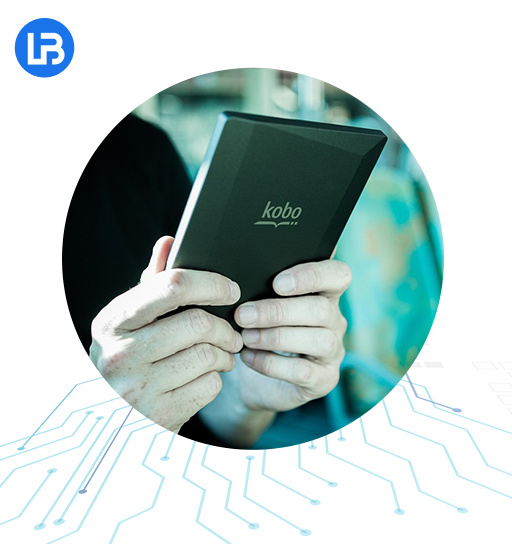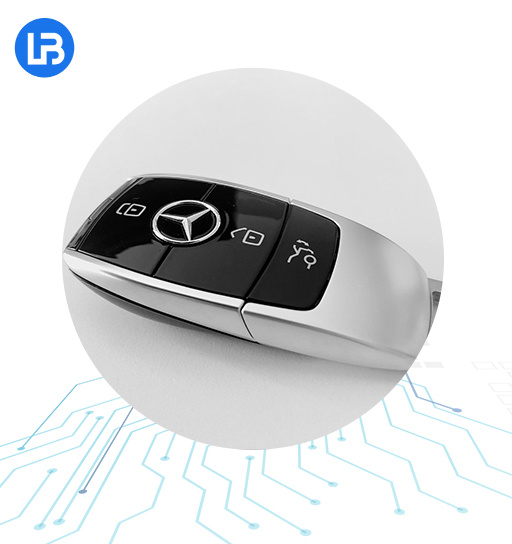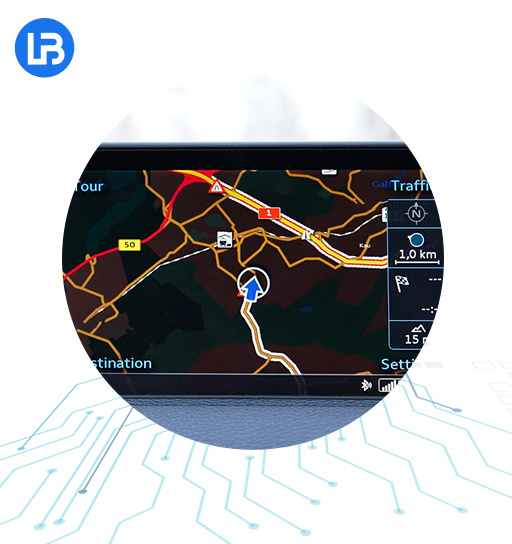
Interconnection
Interconnection
Connected vehicles refer to vehicles that can communicate in both directions with other systems outside the vehicle. In addition to all devices that can connect to the Internet, networked vehicles can also remotely manage the on-board system to achieve remote control and monitoring of vehicles. In order to meet the needs of consumers, car manufacturers need to continuously develop functions that make connected cars more intelligent, and PCB is the most important component to achieve all intelligent functions. Connected cars can achieve connectivity, entertainment, and convenience.
The application of PCB in the automotive networking industry includes:
Remote control: Through a smartphone application, car owners can remotely perform tasks such as starting the engine, opening the car door, and checking the oil level.
Safety features: automatic emergency braking, lane departure warning, and blind spot detection help ensure the safety of drivers and passengers.
Vehicle monitoring: such as tire pressure, oil level, and battery status, and issuing alerts when maintenance is required.
Remote information processing: Data on vehicle performance, location, and usage can be collected and transmitted to manufacturers or third-party providers, providing valuable insights into vehicle operation.
Navigation: Connected cars are usually equipped with built-in navigation systems that can provide real-time traffic information, directions, and even alternative routes.
Communication: Connected cars can connect to the Internet through Wi Fi or cellular network, so that drivers and passengers can keep connected to digital life during the journey.
Entertainment: Connected cars can provide various in car entertainment options, such as streaming music and videos, playing games, and accessing social media.

Interconnection01

Interconnection02

Interconnection03
Contact Us
Chengdu LUBANG Electronic Technology Co., Ltd.
-

Phone
-

E-mail
-

Whatsapp
WhatsApp
-

Top











